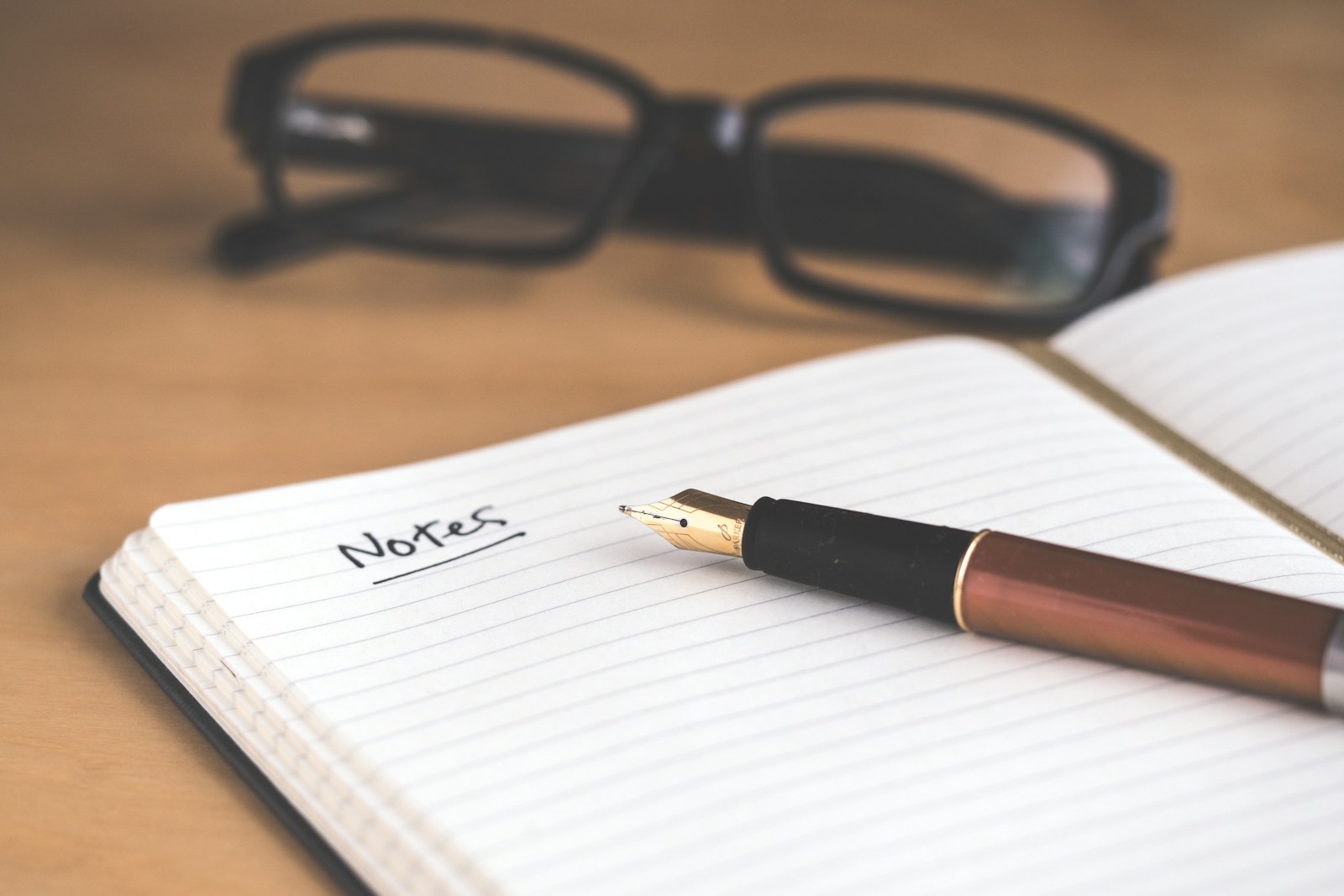Understanding the SOAP Note: A Guide for Allied Health Professionals
Introduction
Allied health professionals often face the challenge of balancing patient care with the administrative burden of documentation. This is where an AI medical scribe becomes invaluable. By automating the note-taking process, AI scribes help allied health professionals streamline their workflow, ensuring accurate documentation and more time to focus on patients.
This guide delves into the essentials of the SOAP note format, a critical component of clinical documentation, and explores how AI-powered solutions like AllyScribe can revolutionize the documentation process.
What Is the SOAP Note Format?
The SOAP note format is a widely-used method for documenting patient interactions in healthcare settings. It stands for Subjective, Objective, Assessment, and Plan, providing a structured framework that ensures comprehensive and organized clinical documentation.
Allied health professionals, from physiotherapists to psychologists, utilize this format to create clear, concise, and actionable patient records.
Subjective
The Subjective section captures the patient’s personal experiences, symptoms, and concerns in their own words. This part of the SOAP note is critical for understanding the patient’s perspective and is often gathered through open-ended questions during consultations.
- Patient History: Details about the onset, duration, and nature of the symptoms.
- Current Complaints: Patient-reported symptoms and issues.
- Medical History: Information about previous medical conditions and treatments.
Objective
The Objective section involves measurable, observable data gathered during the patient examination. For allied health professionals, this may include physical assessments, diagnostic test results, and observed behaviors.
- Vital Signs: Includes measurements such as blood pressure, heart rate, and temperature.
- Examination Results: Findings from physical exams, like range of motion, muscle strength, or gait analysis.
- Diagnostic Tests: Lab results, imaging studies, or other relevant tests.
Assessment
The Assessment section is where the healthcare professional synthesizes the subjective and objective information to arrive at a diagnosis or a list of potential diagnoses. This part of the SOAP note is crucial for developing an effective treatment plan.
- Diagnosis: The confirmed medical condition based on the evaluation.
- Differential Diagnosis: A list of possible conditions that could explain the symptoms.
Plan
The Plan outlines the next steps in the patient’s care, including treatment strategies, follow-up appointments, and patient education. It is a collaborative effort between the healthcare provider and the patient to achieve the best outcomes.
- Therapeutic Interventions: Physical therapy sessions, medication prescriptions, or therapy exercises.
- Patient Education: Instructions on lifestyle changes, diet, or home exercises.
- Follow-up: Scheduled appointments or future diagnostic testing.
Benefits of Using the SOAP Note Format
The SOAP note format offers several advantages for allied health professionals, enhancing the quality and consistency of clinical documentation.
| Benefit | Description |
|---|---|
| Consistency | Ensures uniformity in documentation across different practitioners and practice settings. |
| Clarity | Organizes patient information in a logical manner, making it easier to interpret and utilize. |
| Efficiency | Streamlines the documentation process, saving time for both practitioners and administrative staff. |
| Improved Communication | Facilitates better communication among healthcare providers, enhancing collaborative care. |
AI Medical Scribes: Transforming Documentation in Allied Health
Integrating AI medical scribes like AllyScribe into the documentation process offers significant benefits for allied health professionals. By automating the transcription and documentation tasks, AI scribes minimize the administrative load and enhance the accuracy of SOAP notes.
Automation and Accuracy
AI medical scribes transcribe consultations in real-time, ensuring that all relevant information is captured accurately. This reduces the risk of errors and omissions, leading to more reliable patient records.
Time Savings
With the automation of note-taking, practitioners can allocate more time to direct patient care and other clinical responsibilities. This leads to increased efficiency and improved patient satisfaction.
Compliance and Security
AllyScribe ensures that all documentation is compliant with healthcare standards and regulations, safeguarding patient information with robust security measures.
Implementing AI Scribes in Different Allied Health Disciplines
AI scribes can be tailored to meet the specific documentation needs of various allied health professions, enhancing their utility across different practice areas.
Psychologists
AI scribes for psychologists streamline the documentation of therapy sessions, enabling practitioners to focus on providing quality mental health care.
Physiotherapists
For physiotherapists, AI-powered note-taking facilitates the accurate recording of physical assessments and treatment plans, optimizing patient outcomes.
Occupational Therapists
AI scribes assist occupational therapists by providing efficient documentation of patient progress and therapy goals, improving the coordination of care.
Conclusion
Incorporating AI-powered scribe solutions like AllyScribe into allied health practices can significantly enhance the efficiency and accuracy of clinical documentation. By automating the transcription and note-taking processes, practitioners can focus on delivering exceptional patient care while ensuring compliance with healthcare standards. Discover the transformative potential of AI scribes in your practice—Try AllyScribe today for free!

